Grand Tour of Romania – 10 Days
€1800.00
Grand Tour of Romania: the culture and history of Romania trough a comprehensive 10 days tour which include the most important sights of Transylvania, Maramures and Bucovina Regions.
Description
GRAND TOUR OF ROMANIA
Trip Highlights:
- Visit Bucharest, the most thriving city in the Eastern Europe.
- Visit one of the most luxurious Castles of Eastern Europe – Peles Castle.
- Drive through the magnificent mountain scenery of the Carpathians.
- Tour Dracula`s Castle and find the legend hidden here.
- Enjoy a sightseeing tour of Brasov historical town.
- Tour the historical town of Sighisoara, listed in UNESCO heritage.
- Walk through Bicaz Gorges, one of the natural wonders of Romania.
- Tour the Painted Monasteries with a local guide.
- Discover the crafts of Maramures Region
- Visit the unique Merry Cemetery in Maramures
- Admire the impressive architecture of Cluj Napoca
- Go inside to one of the most beutiful Salt Mines in the world
- Drive through magnificent old houses of Rimetea Village
- Drive on one of the best scenic road in the world
- Admire one of the best preserved medieval town in Transylvania – Sibiu.
- Wonder to the beautiful Curtea de Arges Monastery
Day 1: Bucharest Sightseeing Tour
Meet your local guide at the airport in Bucharest. Today we will take a panoramic tour of Bucharest. We will visit the most important sites and areas of the city such as: The Triumphal Arch, Victory Square, The Royal Palace (nowadays the seat of The National Art Museum – optional visit), Romanian Athenaeum, Revolution Square, Victory Avenue, Union Square. This tour gives you the chance to visit the Parliament Palace, a “giant” built during the “golden age” of the communist totalitarian regime of Nicolae Ceausescu. We continue with a walking tour of the Old District, once the place of princely families and nobles, later an area of the craftsmen and today the Mecca of bars, restaurants and quaint cobblestone streets. Bucharest Tour ends with a visit to the Village Museum, one of the most beautiful and interesting museums in the country. Overnight in Bucharest 3*
Day 2: Bucharest – Peles Castle – Bran Castle – Brasov
On your way to Brasov we stop in Sinaia Mountain Resort where you will visit Peles Castle. The famous Peles Castle, a masterpiece of German New-Renaissance architecture, commissioned by King Carol I in 1873 and completed in 1883. Its 160 rooms are adorned with the finest examples of European art, Murano crystal chandeliers, German stained-glass windows, walls covered with Cordoba leather, Meissen and Sevres porcelains, ebony and ivory sculptures.
Continue our route to Bran and visit the famous Bran Castle also called Dracula’s Castle. The castle got its fame from Dracula’s legend written in 1897 by Bram Stoker and later on made into a film by Francis Ford Coppola. The first documents about Bran Castle date back from 1377. Along the ages, the Castle had a strategic position on the border between Transylvania and Wallachia. First it was under the rule of Sigismund of Luxemburg, then it was owned by the Romanian rulers Mircea the Elder and Vlad the Impaler and later on it came under the jurisdiction of the City of Brasov. In the 20th century the castle was donated to the Romanian royal family and became a royal summer residence. The castle museum preserves the furniture and objects from that period. Overnight in Brasov 3*
Day 3: Brasov – Viscri Village – Sighișoara
We will leave Brașov on route to Sighișoara. The road will pass through beautiful German villages and one can admire their architecture and also a couple of citadels and churches which can be seen from the road.
First stop will be at Viscri Village, is one of the most famous tourist destination of Romania. It’s been like this since Prince Charles of Wales had discovered this amazing location, a fairy tale from the forgotten medieval times. Our next stop is Sighisoara, a medieval city and fortress. In 1431, in the house at Museum Square 6, within the shadow of the old town`s Clock Tower, a women whose name is lost to posterity gave birth to a son called Vlad, who in later life earned the title The Impaler, abroad better known as Dracula, derived from Dracul or “the Devil” referring to his father Vlad Dracul, whom the Holy Roman Emperor Sigismund of Hungary made a knight of the order of The Dragon in 1431. The Clock Tower, the Church on the Hill, the Scholars Stairs, The Monastery Church, the towers of the citadel (originally fourteen), The Shoemaker’s Town, the Tailors Tower, the Tinsmiths Tower are only a few of the marvels of this place called Sighisoara.
Day 4: Sighișoara- Red Lake- Bicaz Gorge- Gura Humorului
We leave the Transylvania Region and head to Bucovina (The Land across forested mountains). Crossing the Eastern Carpathian Mountains through Bicaz Gorge you will discover a mysterious realm, the same one described in Bram Stoker’s Dracula. Once reaching the Red Lake you are in Transylvania passing through an area inhabited mostly by the Hungarian Szekler community. Overnight in Gura Humorului
Day 5: Day tour of The Painted Monasteries of Bucovina
Bucovina is among the most attractive and frequently visited tourist areas on Romania’s map. First visit of the day is at the famous painted monastery of Voronet. Erected in 1488, Voronet Monastery is a combination of Byzantine, Gothic and local elements. On the western wall, the exterior murals depict traditional scenes, and the famous Last Judgment scene, unique in the whole world. The tour continues with an egg painting demonstration given by one of the many local artists from Bucovina.
Driving on one of the most beautiful roads in the country, crossing the gentle slopes of Bucovina Mountains, admiring the amazing panoramas from the Ciumarna Pass, you’ll reach Moldovita Monastery. Built in 1532, this monastery occupies a fortified quadrangular enclosure with tower, gates and well-tended lawns. The central painted church has been partly restored and features impressive frescoes from 1537. The southern exterior wall depicts the Siege of Constantinople in AD 626, under a combined Persian-Avar attack. Interestingly, the besiegers are depicted in Turkish dress – keeping parishioners concentrated on the current enemy. After a delicious Romanian lunch in one of the best restaurants in the area, we visit Sucevita Monastery, where we will find out more about the “Virtue Staircase”, most impressive due to its dimension and contrast between the angel’s order and devil’s chaos.
We will conclude our day trip, in Marginea Village, famous for the black ceramics with different shapes and various paintings. You can watch the preparation of clay and its modeling on the potter’s wheel, the decoration by polishing and the final burning process. Accommodation: Gura Humorului
Day 6: Gura Humorului – Maramures Region – Breb Village
Today the journey is long and beautiful. We leave Bucovina and head to the remote region of Maramures (The Land of Wood). Crossing the Eastern Carpathian Mountains through Rodnei National Park, you will discover a mysterious realm, the same one described in Bram Stoker`s Dracula. Reaching Maramures region will visit Barsana Monastery, one of the highest wooden churches in the world with splendid gardens, and Toader Barsan’s house, a local wood carver who took part at the Smithsonian World Festival in Washington, famous for the wonderfully carved wooden gates. Overnight in Breb Village: Traditional guesthouse.
Day 7: Maramures day – Merry Cemetery – Sighetu Marmatiei – Breb Village
In the morning we meet the local farmers who sell their products at the vegetable market in Sighetu Marmatiei. We continue our Maramures day tour, with Sapinta Village, famous in the whole world for “The Merry Cemetery”. Ancient beliefs viewed death as a beginning, not as an end, and this faith is reflected in the carvings in the town’s unique Merry Cemetery. Blue wooden crosses feature a carved scene and humorous epitaphs that endeavor to capture essential elements – both the good and the imperfections – of the deceased’s life. Next on our list is the small town of Sighetu Marmatiei, where we stop at the “Memorial to the victims of Communism ”, located in the building of the former Sighet Prison used by the communist regime to silence its opponents, in the 50’s. Meet a Romanian family in their home for traditional lunch and take a stroll in the village of Breb to discover it`s hidden treasures. You’ll visit a local distillery, used by the locals to prepare tuica or palinca, a sort of plum brandy. Not far from the distillery, you’ll see how the locals are washing their carpets in the way they did 200 years ago. You’ll continue your walking tour on the streets of the village admiring the wooden gates, the wooden houses, the local architecture and the locals. Overnight: Breb Village: Traditional guesthouse.
Day 8: Maramureș – Turda Salt Mine – Cluj Napoca
Just 20 km from Cluj town is Turda Salt Mine, a real history museum of salt exploitation. Discovered first by the Romans, the Turda Salt Mine became an important exploitation center during the Habsburg’s control of Transylvania.We continue our day enjoying a relaxing walking tour of Sibiu`s Old District.
Sibiu is one of the most important fortified towns in Transylvania. The city is reminiscent of old European cities such as Nurnberg and it was founded in 1190 and grew to be the chief city of the Transylvanian Saxons. This amazing place, with the “Old Town” (The Big Square, the Small Square, the Ursuline Church, The Franciscan Church, The staircase Tower, the Tanners Tower, the Liar’s Bridge , the House of the Butcher’s Guild and last but not least with the amazing Bruckenthal Museum) is a gorgeous place to see. Optional visit to Bruckenthal Museum, the oldest museum in Romania with a vast collection of paintings, antiques, coins, and rare books. Overnight in Cluj Napoca 3*
Day 9: Cluj – Rimetea Village- Alba Iulia- Sibiu
Leaving Cluj town in the morning we will drive to one of the best preserved settlements of Transylvania. We will stop in Rimetea Village to admire the unique architecture of the white painted houses as well as the beautiful background of the mountain scenery.
We can stop at a former manor where we can taste some of the delicious desserts.
Next stop will be at Alba Iulia. Having its origins back in the 2nd century from Roman time, the city of Alba Iulia offers a journey through the history of Transylvania from ancient times to medieval and modern days. We will visit the Roman ruins, the medieval fortifications, the modern fortifications made in Vauban style, the Catholic Cathedral – the oldest from Transylvania and the Reunion Cathedral which commemorates the Union of all Romanian provinces in a single country. Our tour continues to Sibiu. Overnight in Sibiu
Day 10 Sibiu – Transfagarasan scenic road- Bucharest
Our day starts with a relaxing walking tour of Sibiu`s Old District. Sibiu is one of the most important fortified towns in Transylvania. The city is reminiscent of old European cities such as Nurnberg and it was founded in 1190 and grew to be the chief city of the Transylvanian Saxons. This amazing place, with the “Old Town” (The Big Square, the Small Square, the Ursuline Church, The Franciscan Church, The staircase Tower, the Tanners Tower, the Liar’s Bridge , the House of the Butcher’s Guild and last but not least with the amazing Bruckenthal Museum) is a gorgeous place to see. Optional visit to Bruckenthal Museum, the oldest museum in Romania with a vast collection of paintings, antiques, coins, and rare books.
From July to September we can see the Transfagarasan scenic road, one of the most spectacular scenic roads of Europe. Along this spectacular road we can even see one of the real places strongly connected with the real life historical character – Vlad the Impaler. Visit Curtea de Arges, the first capital of Wallachia with the old Princely Court and the monastery – the place where three of the four Romanian Kings of the Hohenzollern dynasty are buried. Drive to Bucharest. END OF TOUR SERVICES
We can transfer you to the airport or take one day trip to Bulgaria Countryside
_________________________________
Here are some ideas to have a tour of Romania and Bulgaria.
Visit Bulgaria from Bucharest with our 3 day tour.
Tryour visit Bulgaria and Romania summer tour of 5 days.
Related Tours
-
In search of Dracula – 1 Day
Rated 5.00 out of 51 Days €175.00In search of Dracula Tour takes you to the historical sites connected with the legendary character Vlad the Impaler aka Dracula.
-
Best value
Medieval Transylvania Tour – 3 Days
3 Days €630.003 days Medieval Transylvania Tour takes you to the age of courage, strength and glory. Join us on a tour of Romania’s most famous fortresses and medieval cities of Transylvania
-
12 Days- Complete tour of Romania
12 Days €2250.00The culture and history of Romania trough a comprehensive 12 days tour which include the most important sights of Danube Delta, Transylvania, Maramures and Bucovina Regions.


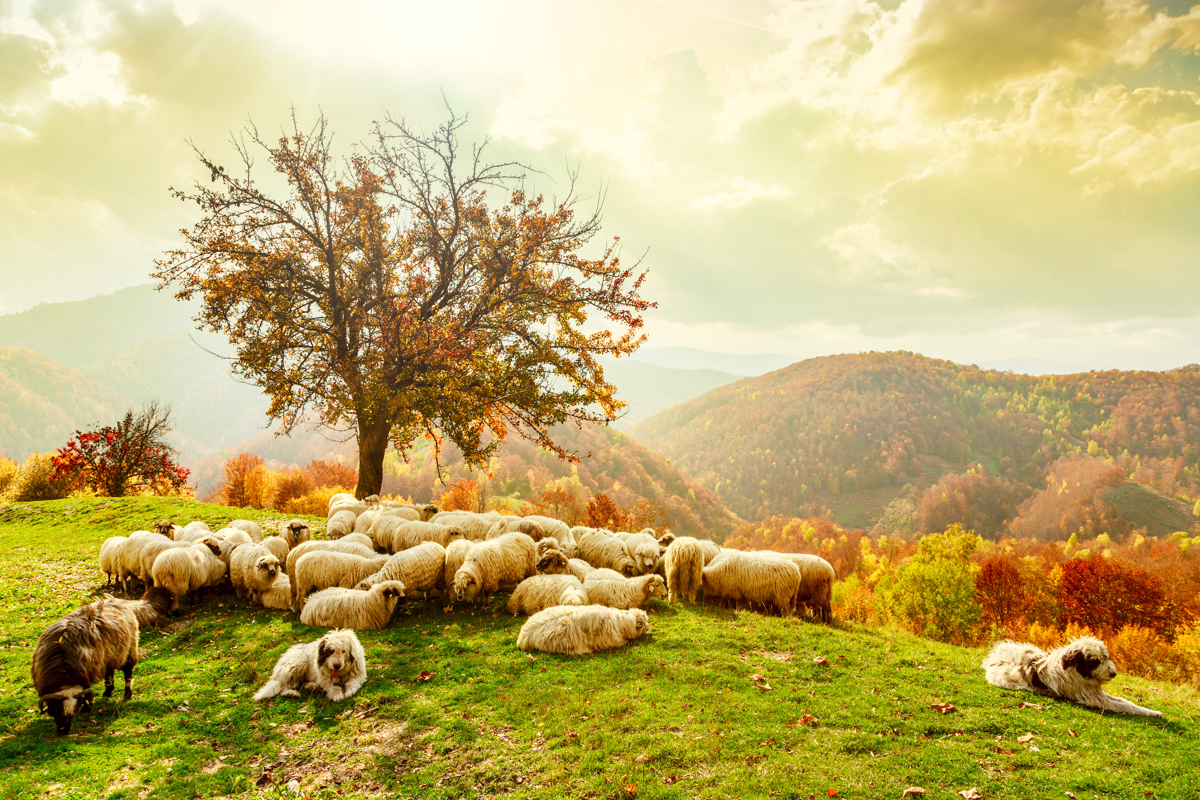
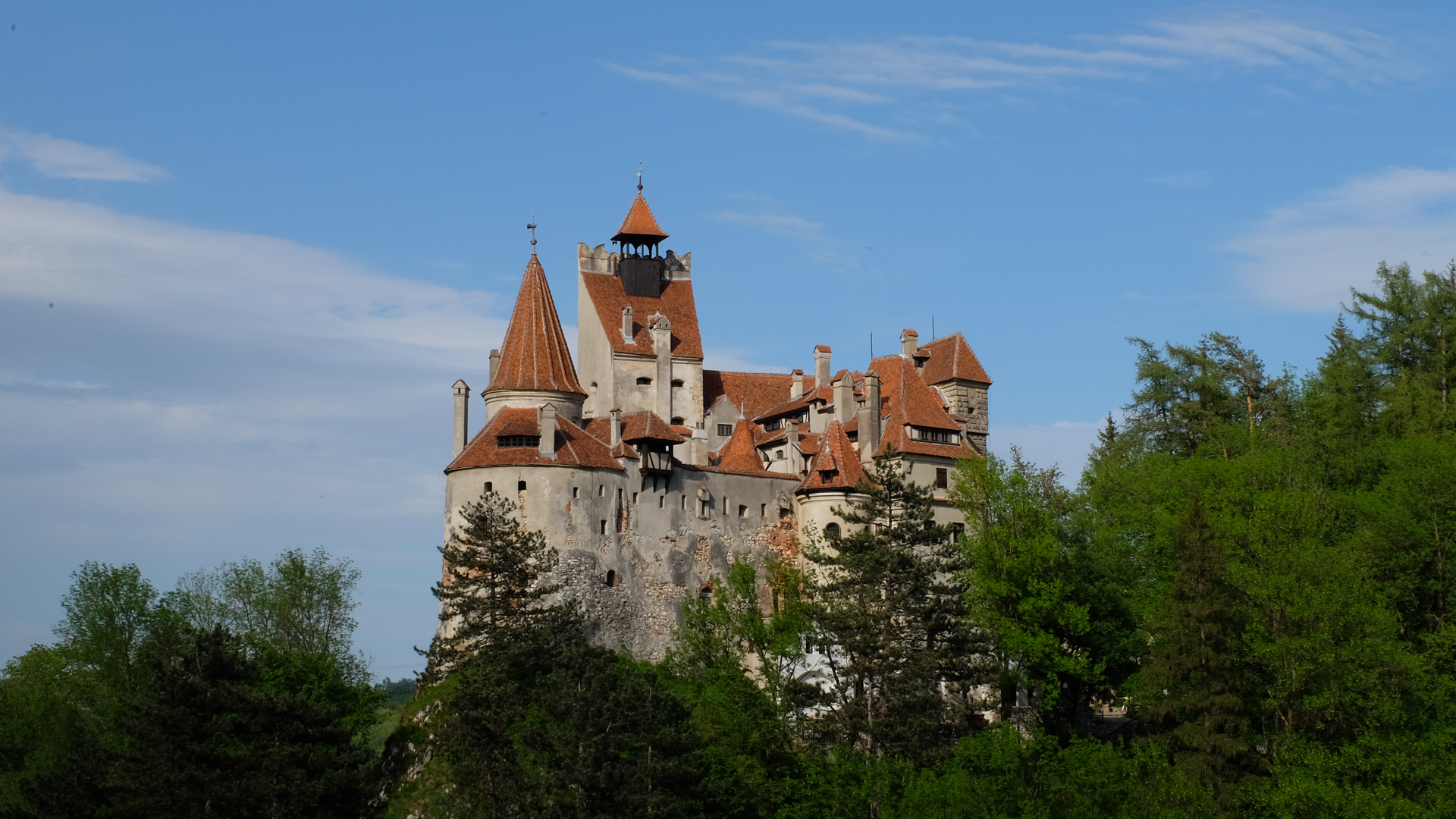
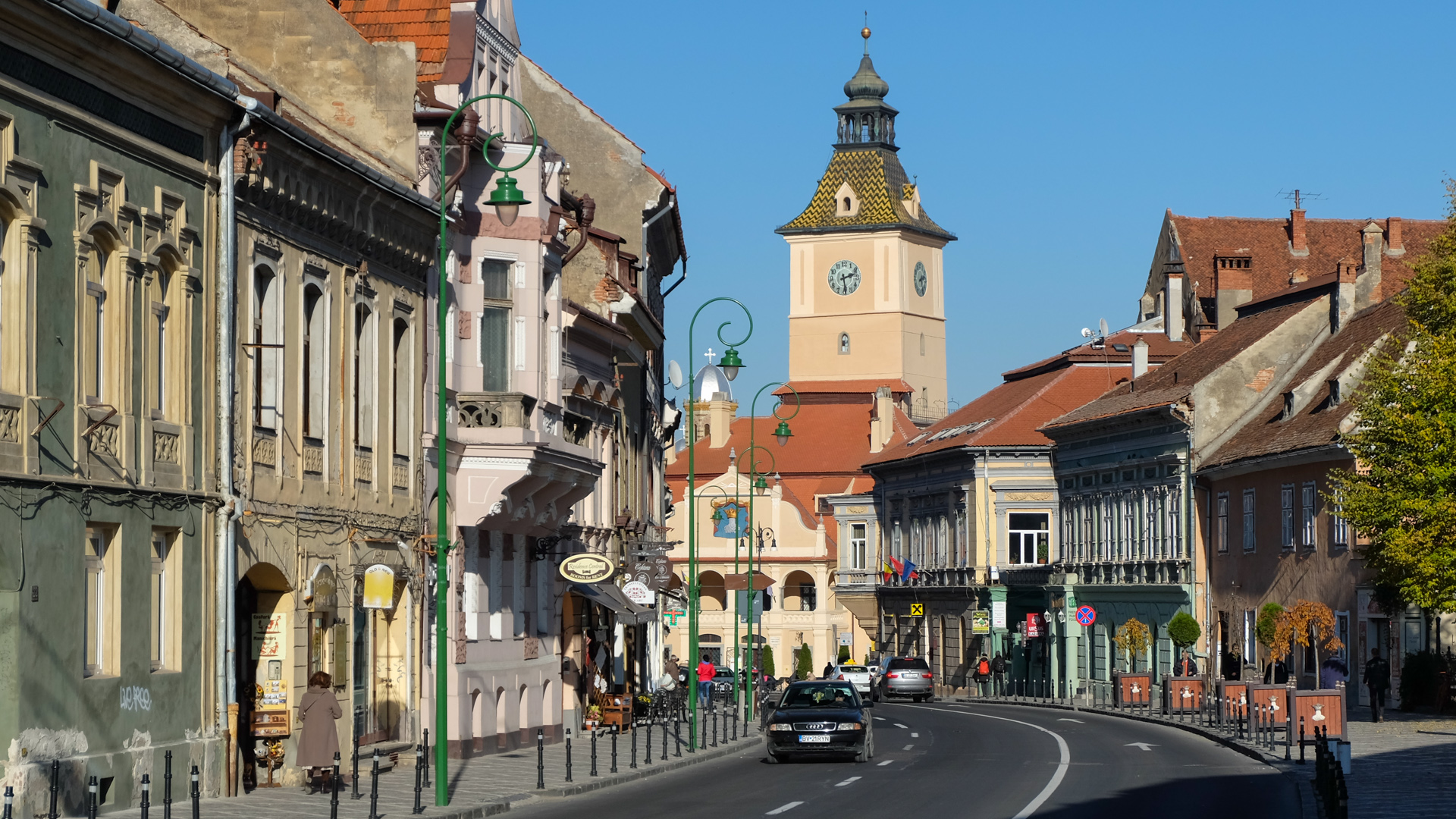
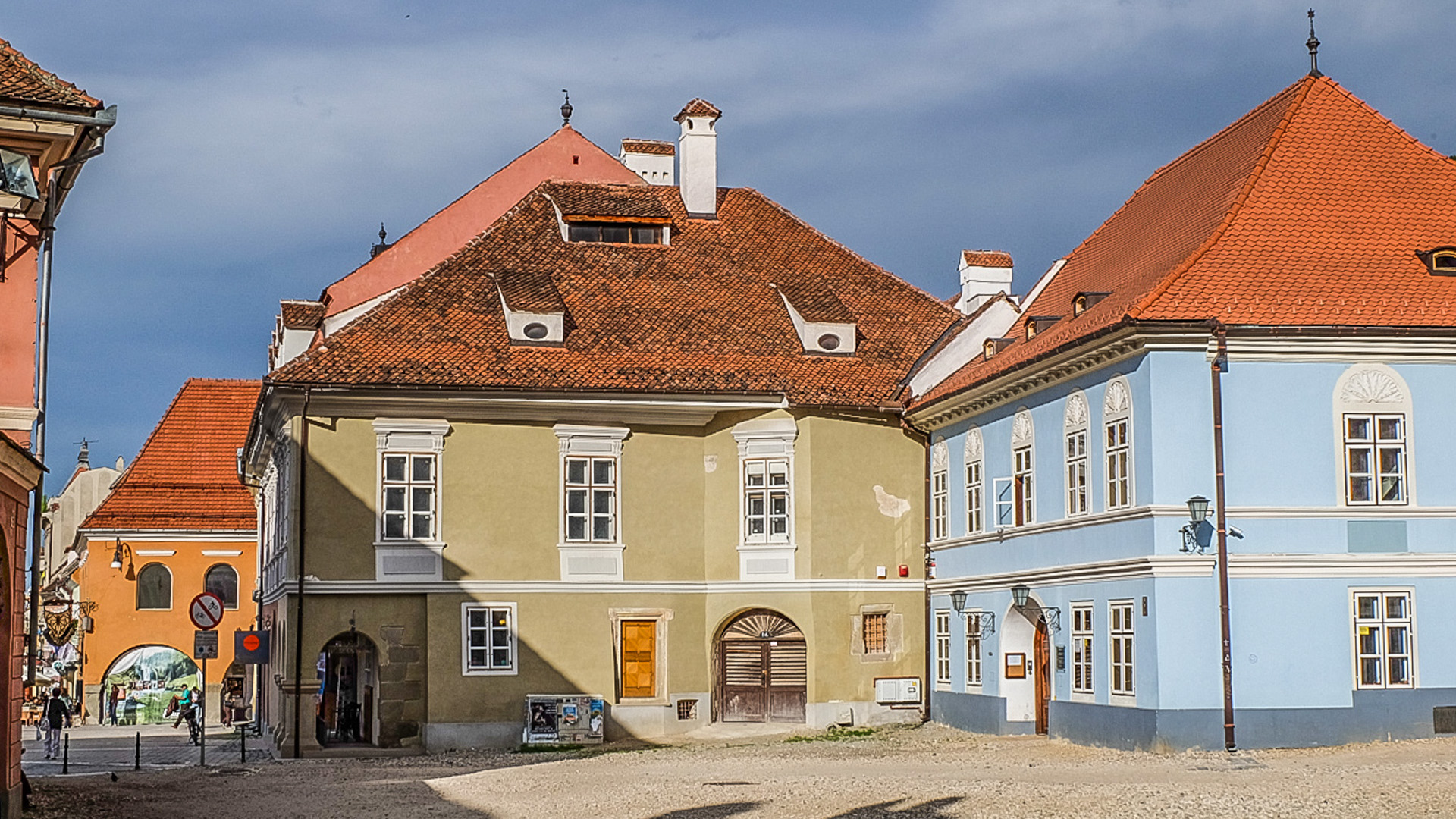


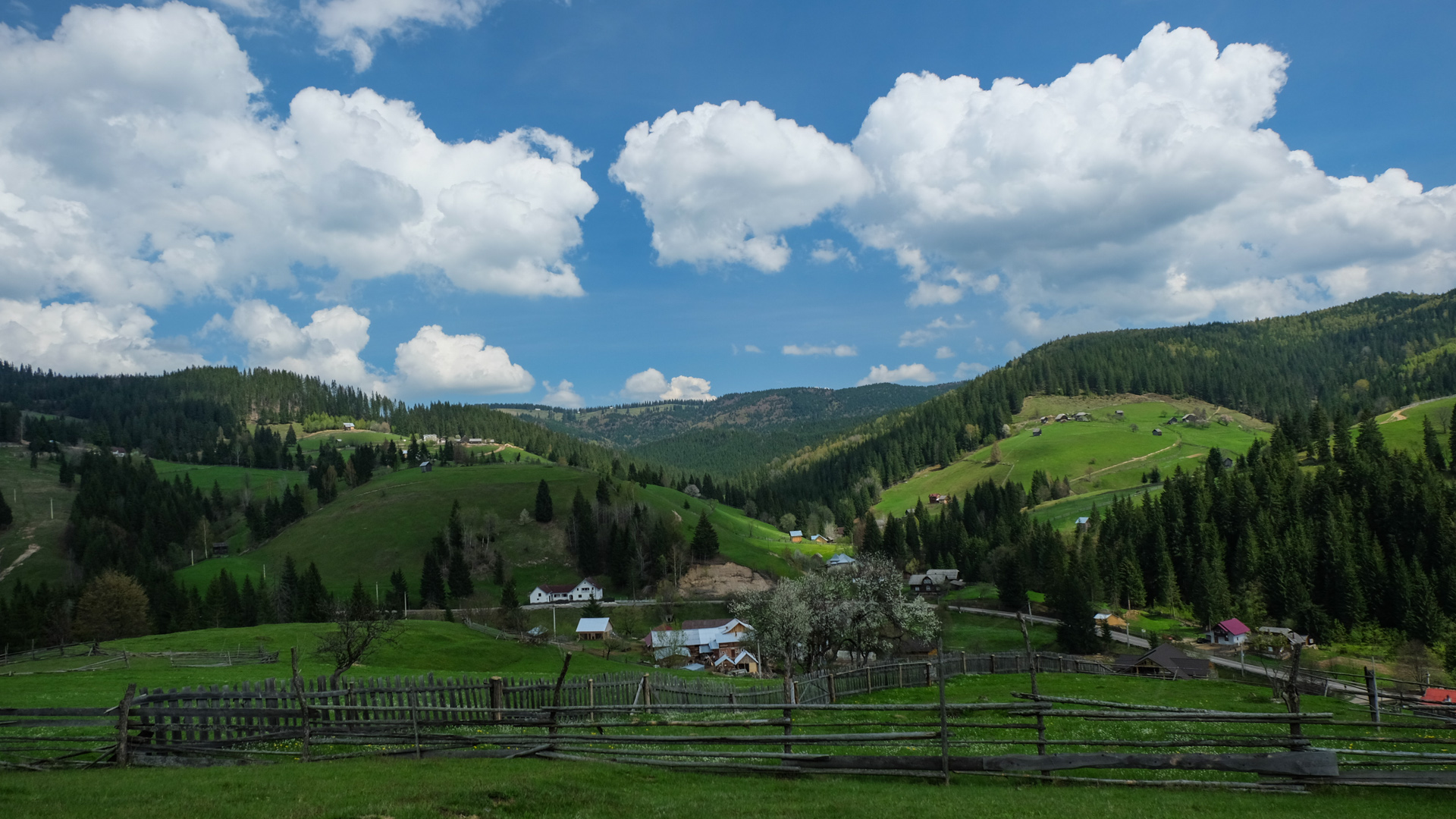


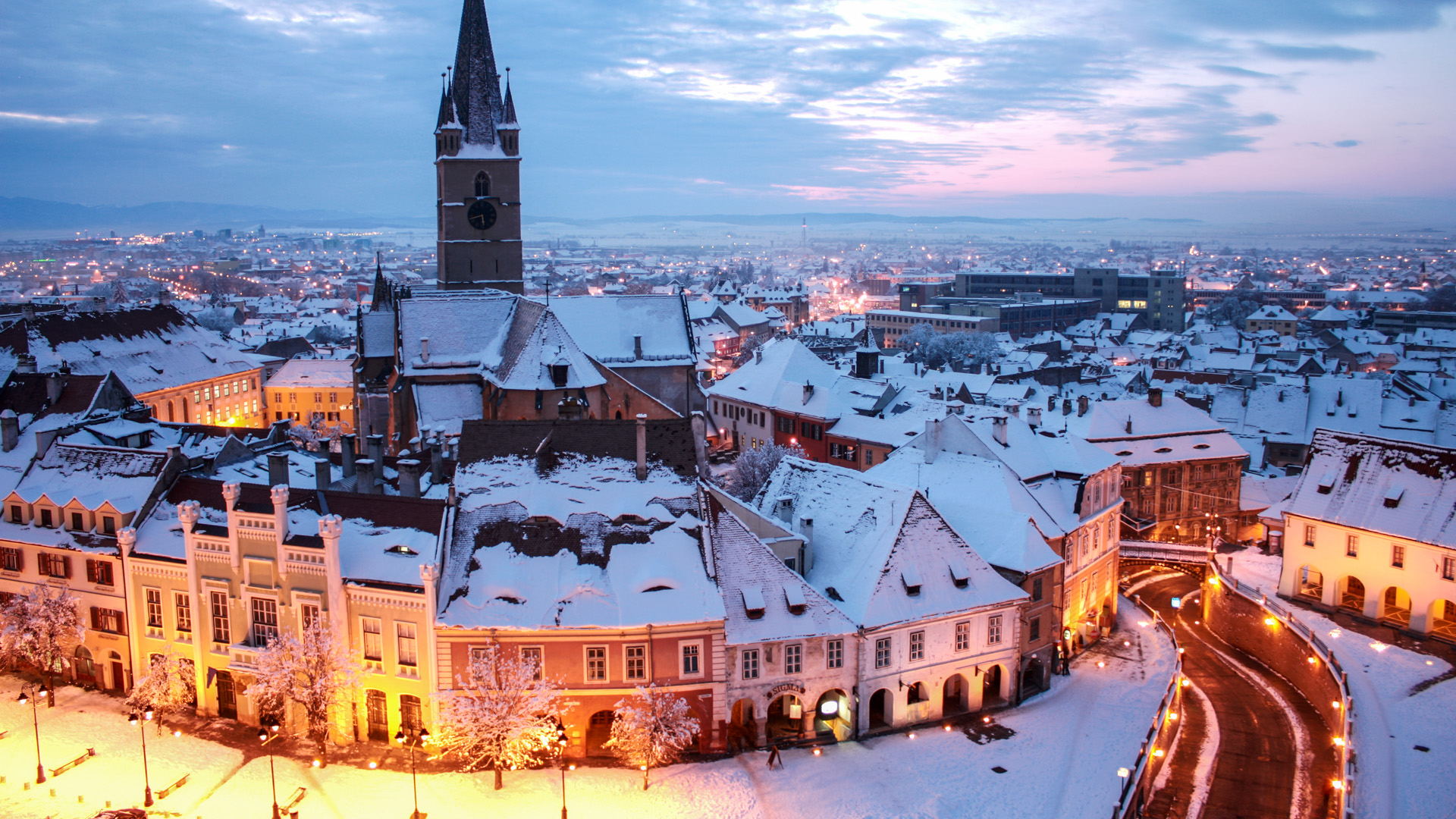
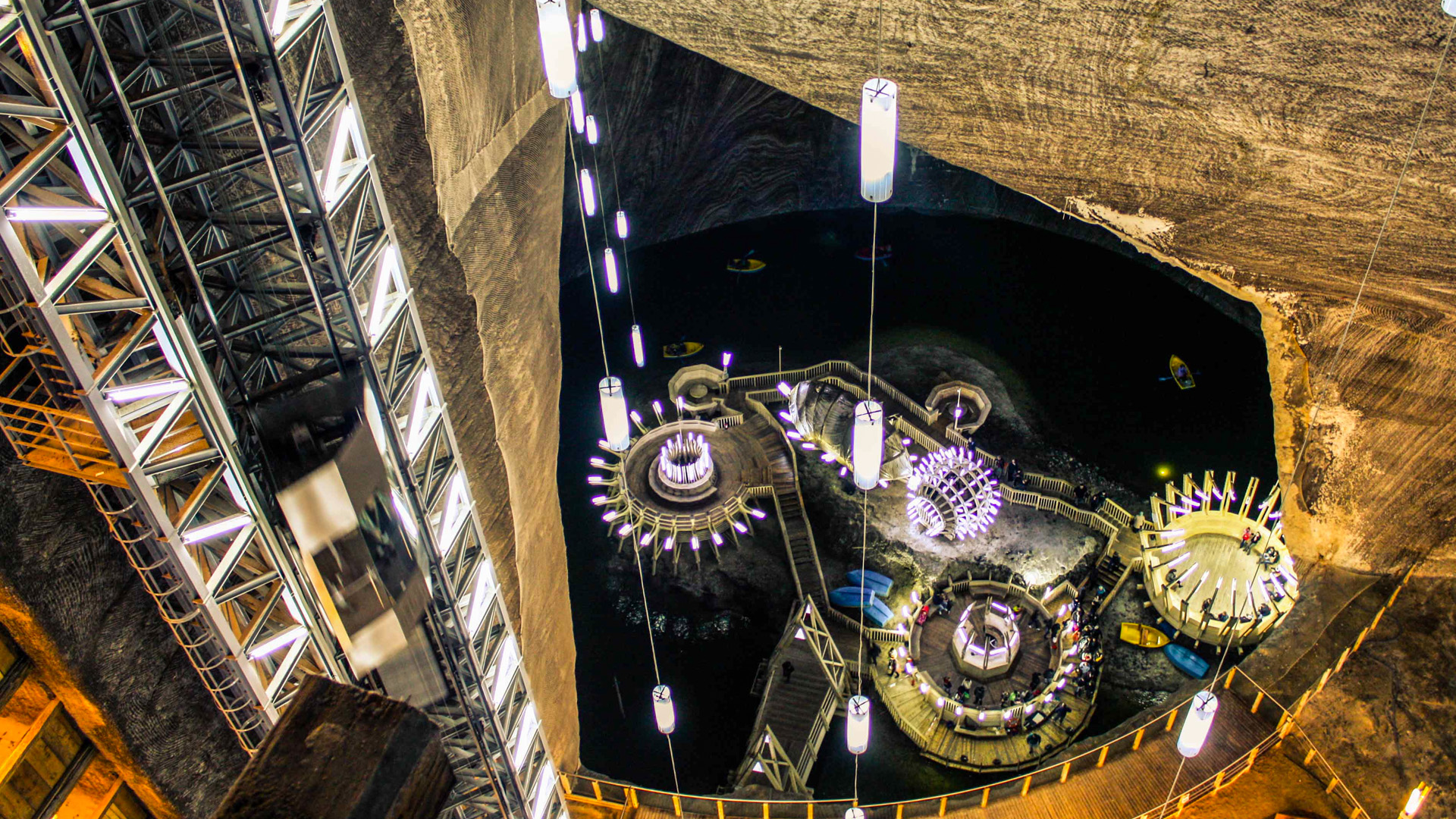

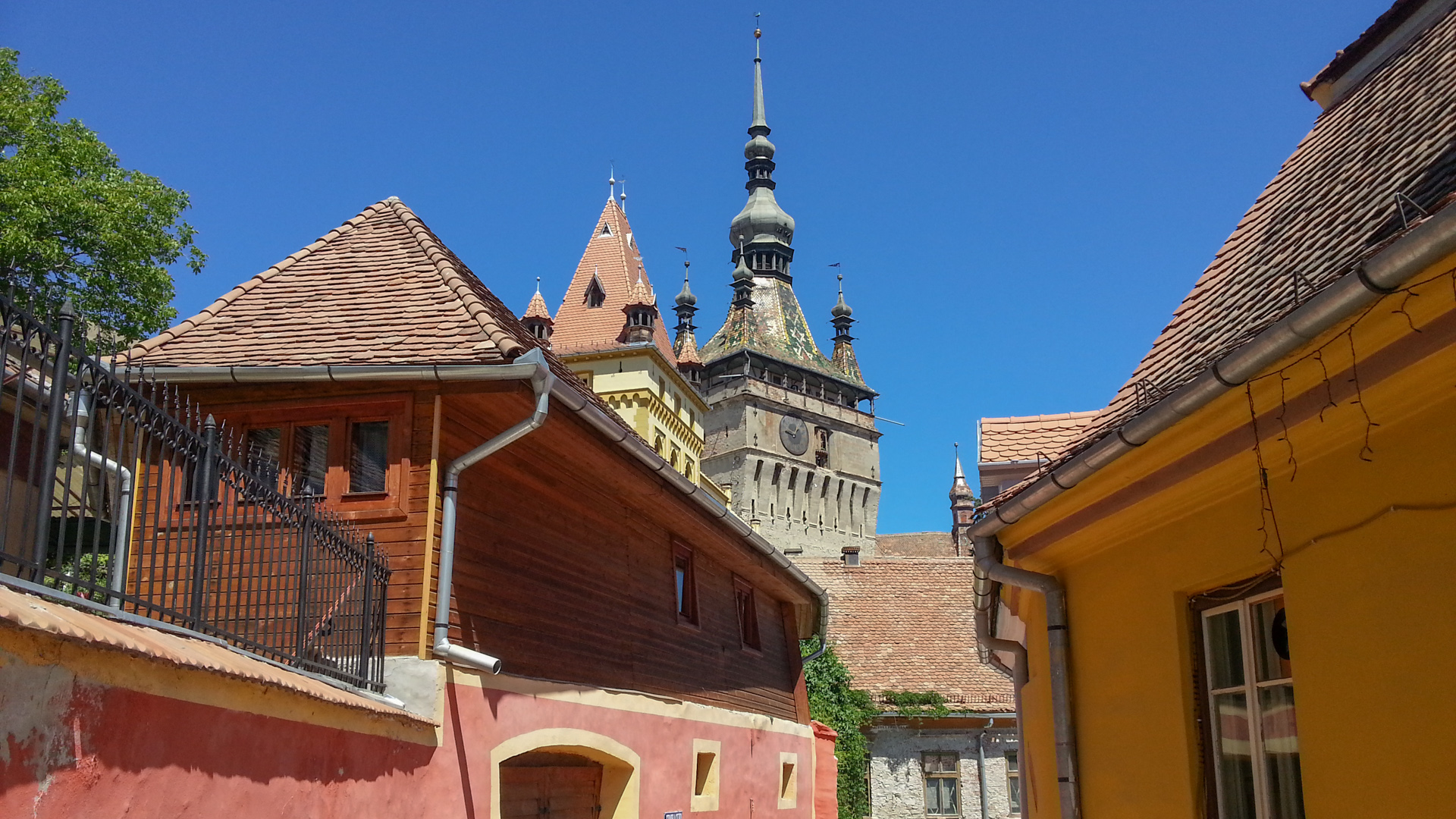
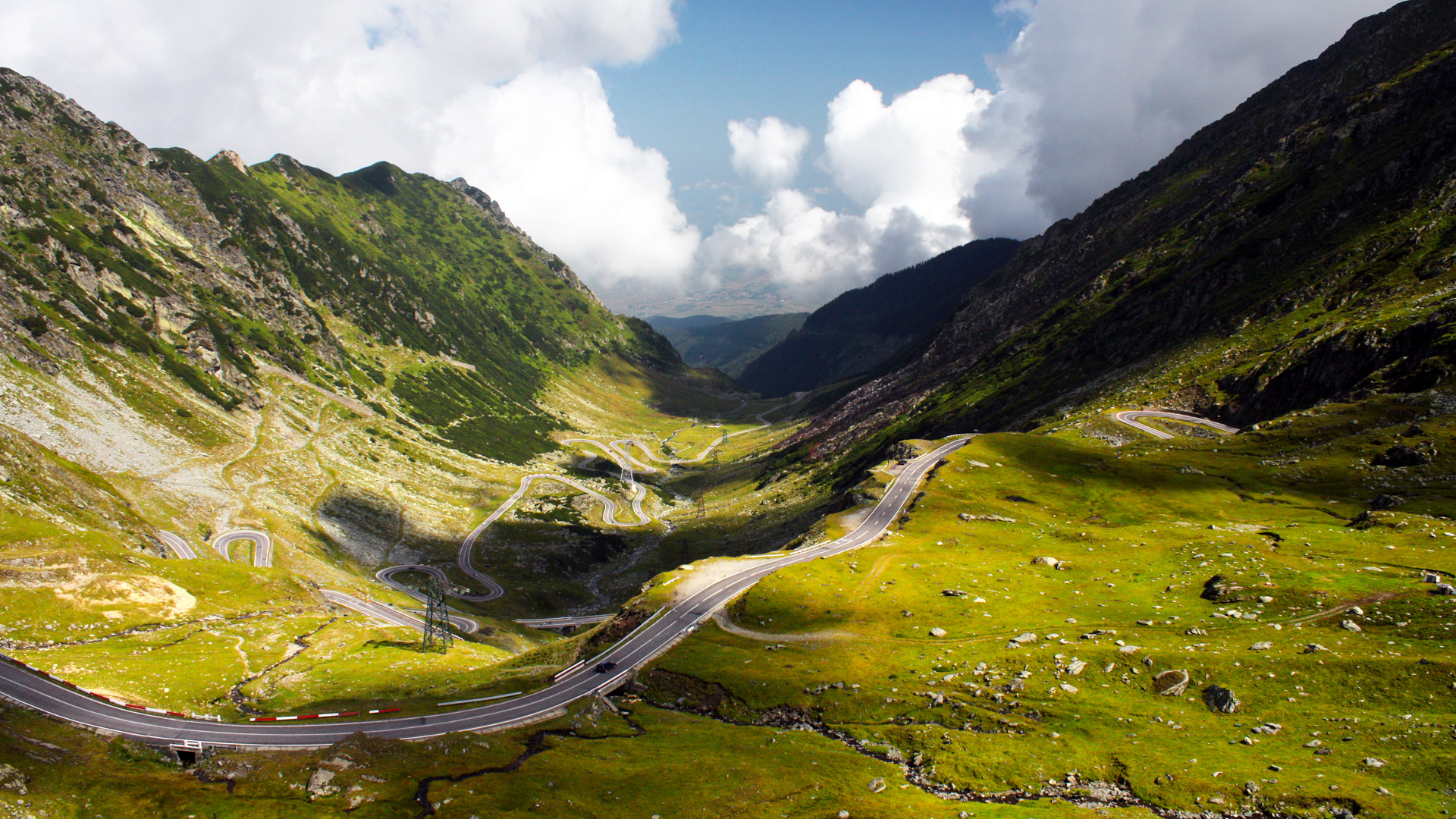

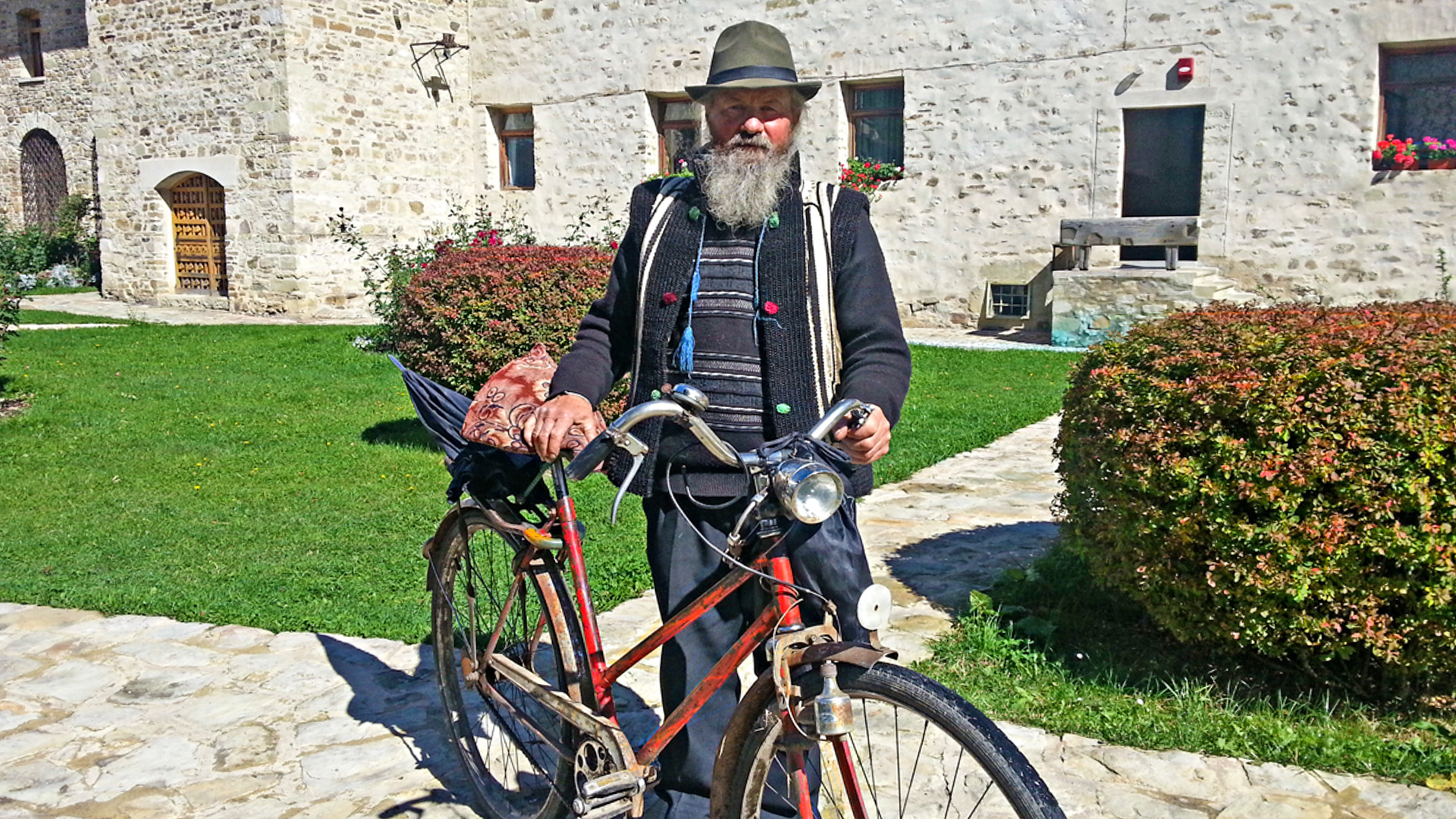

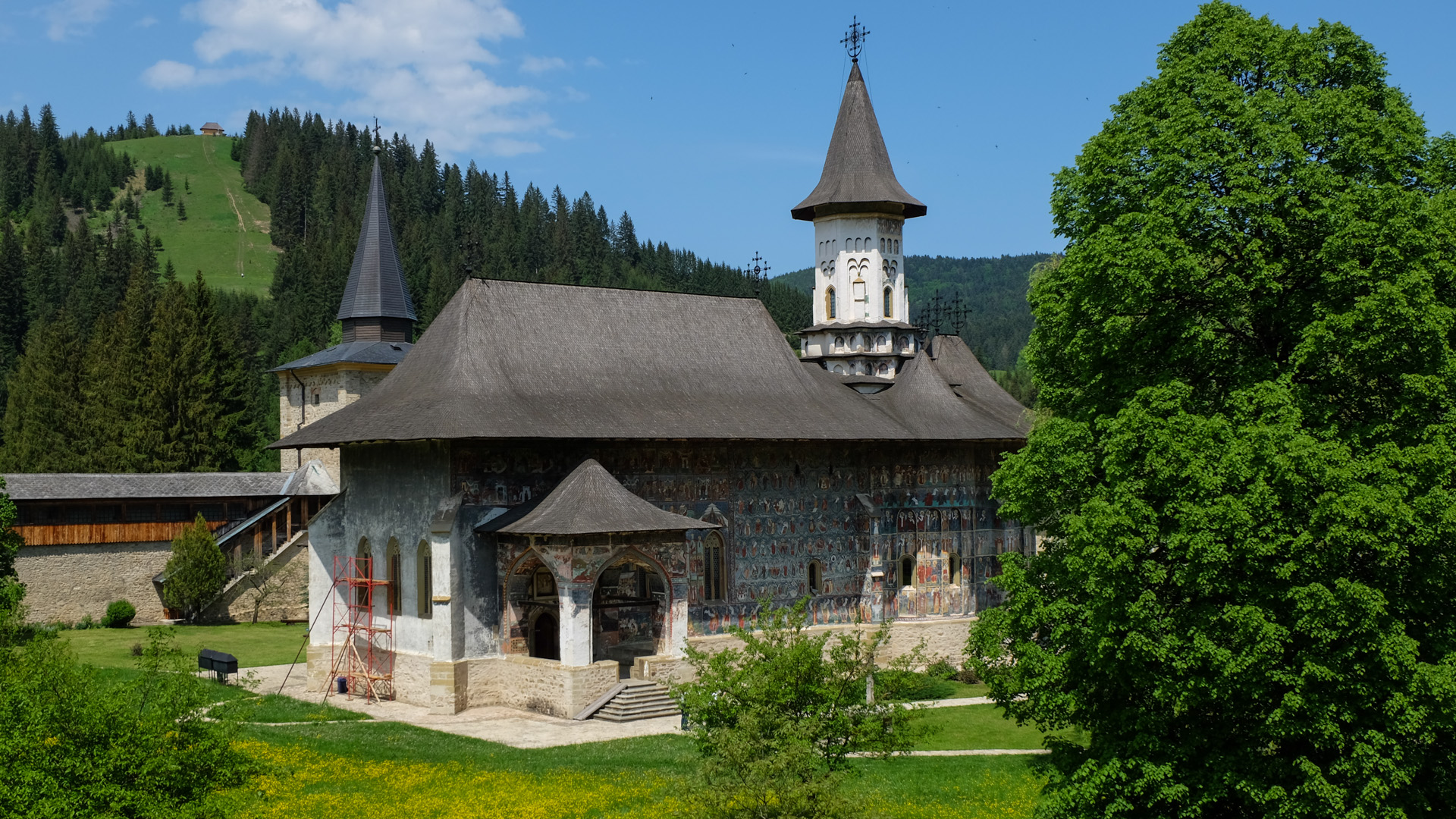
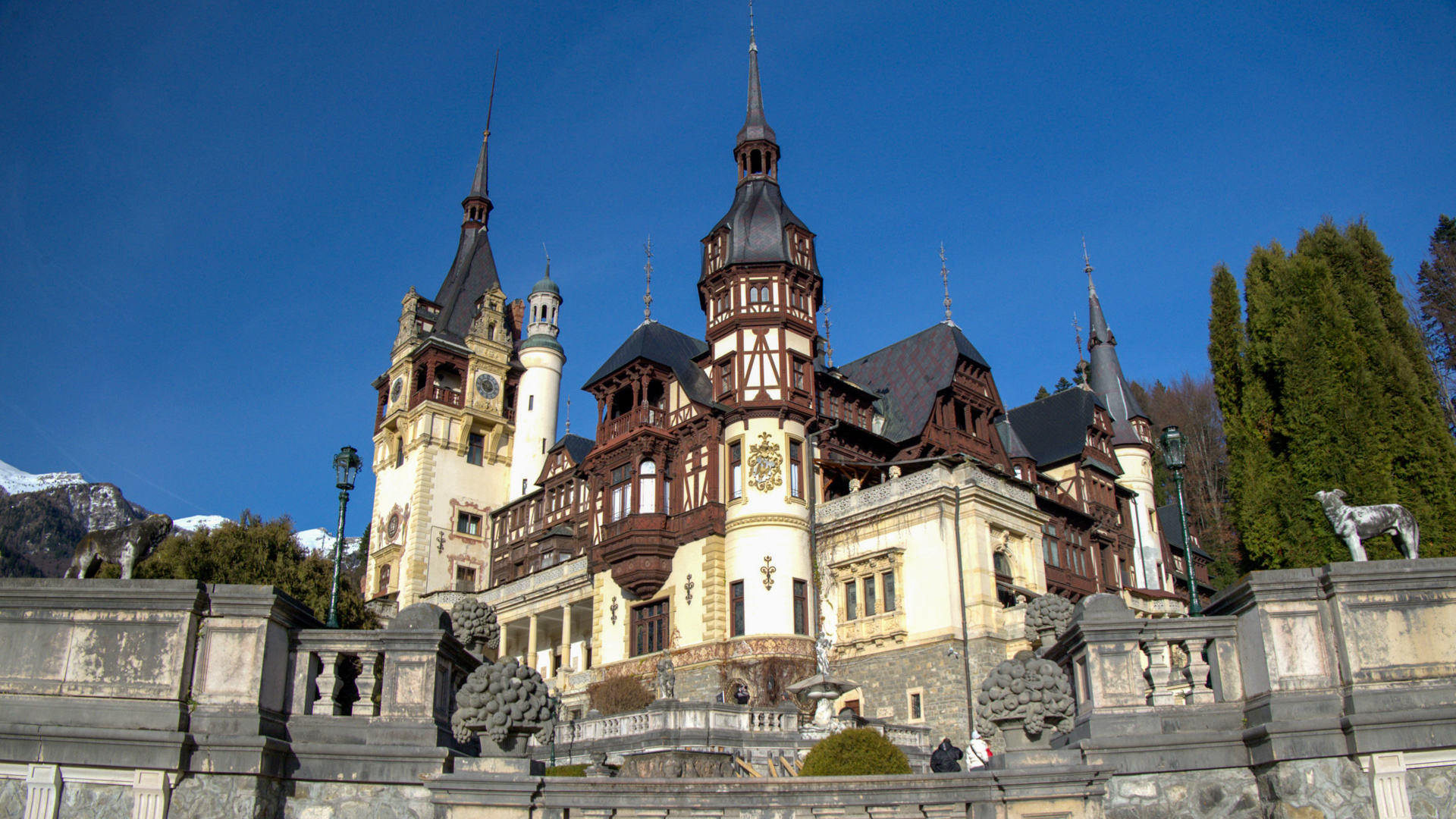
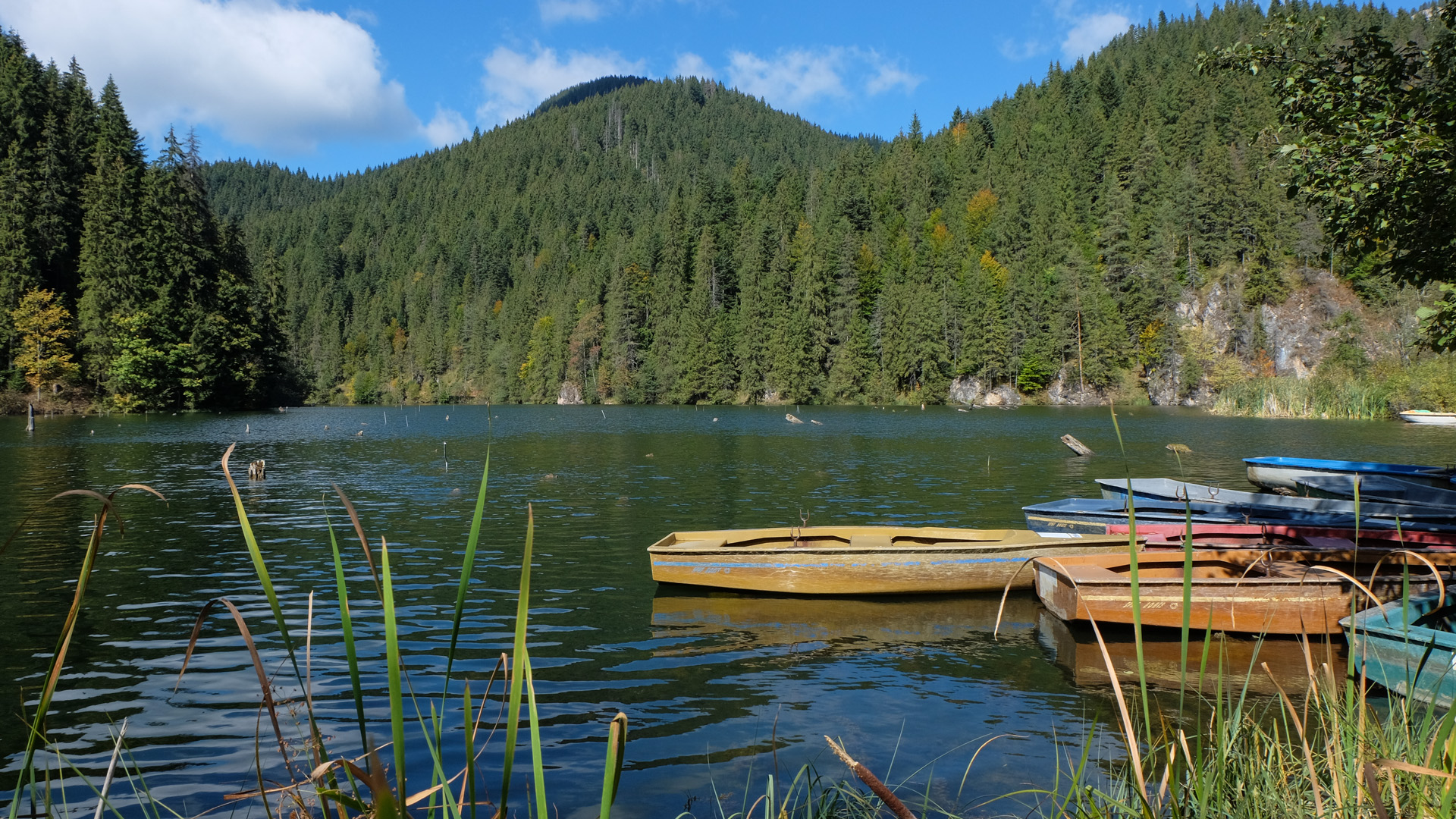
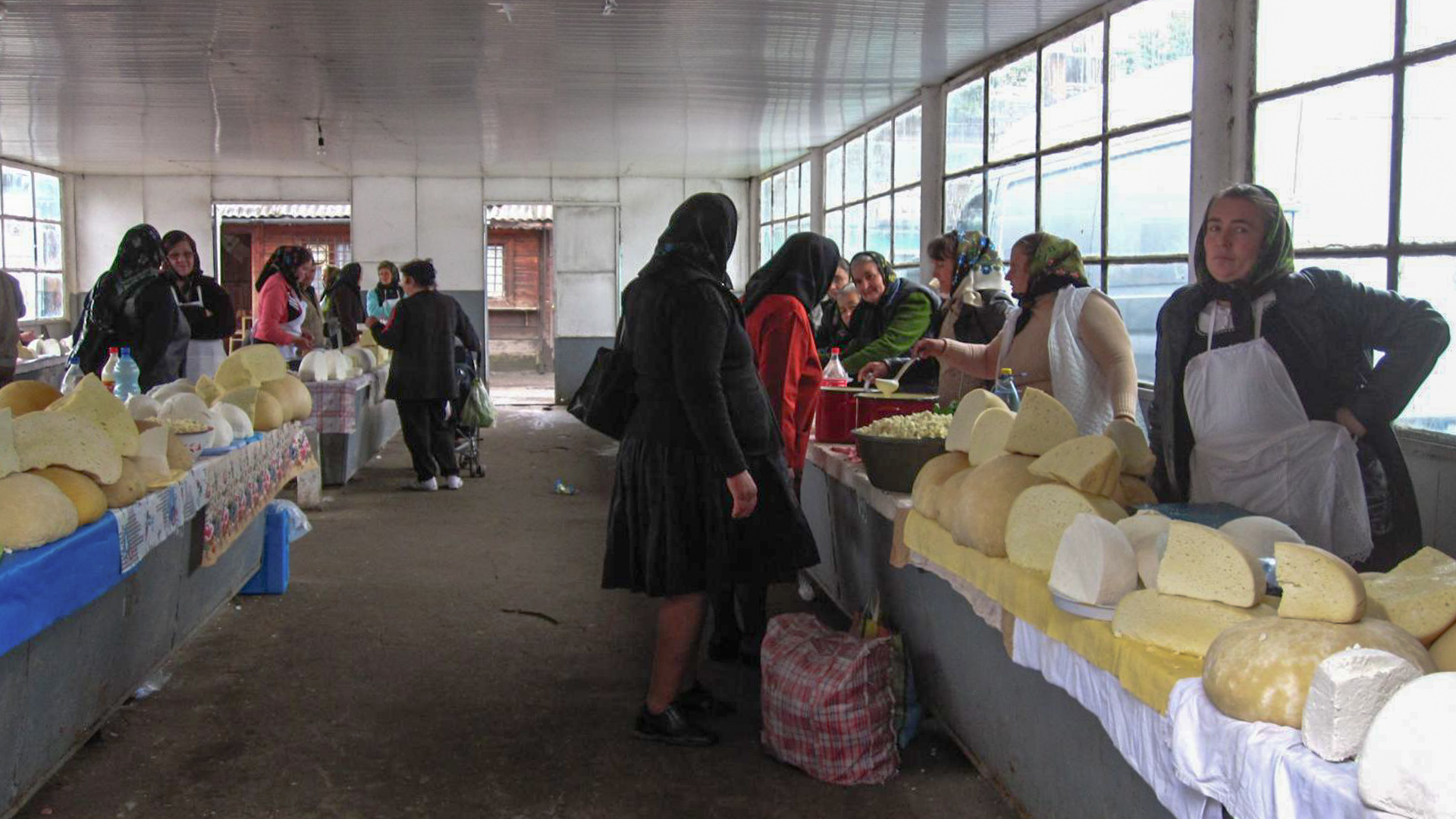
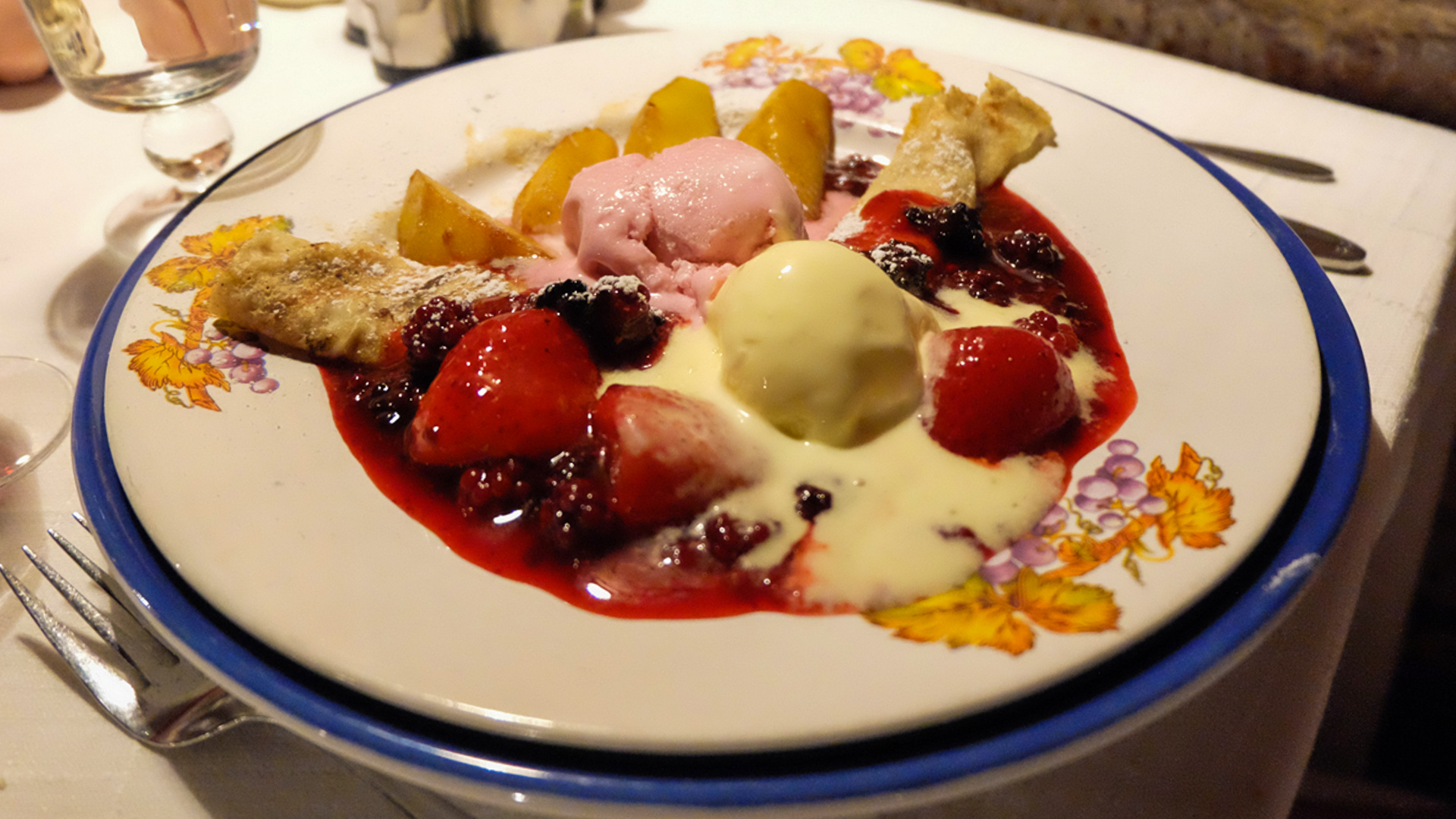
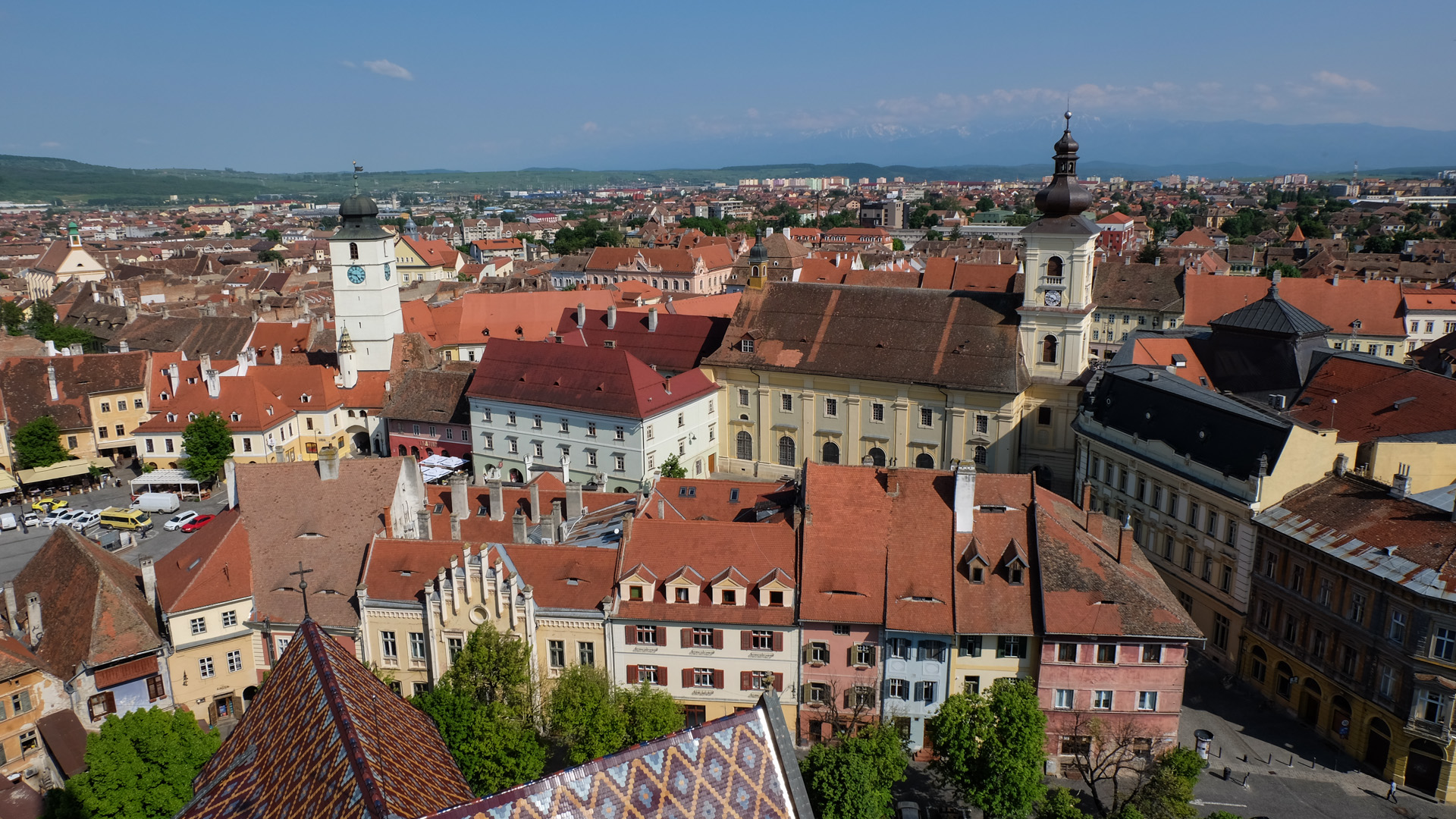

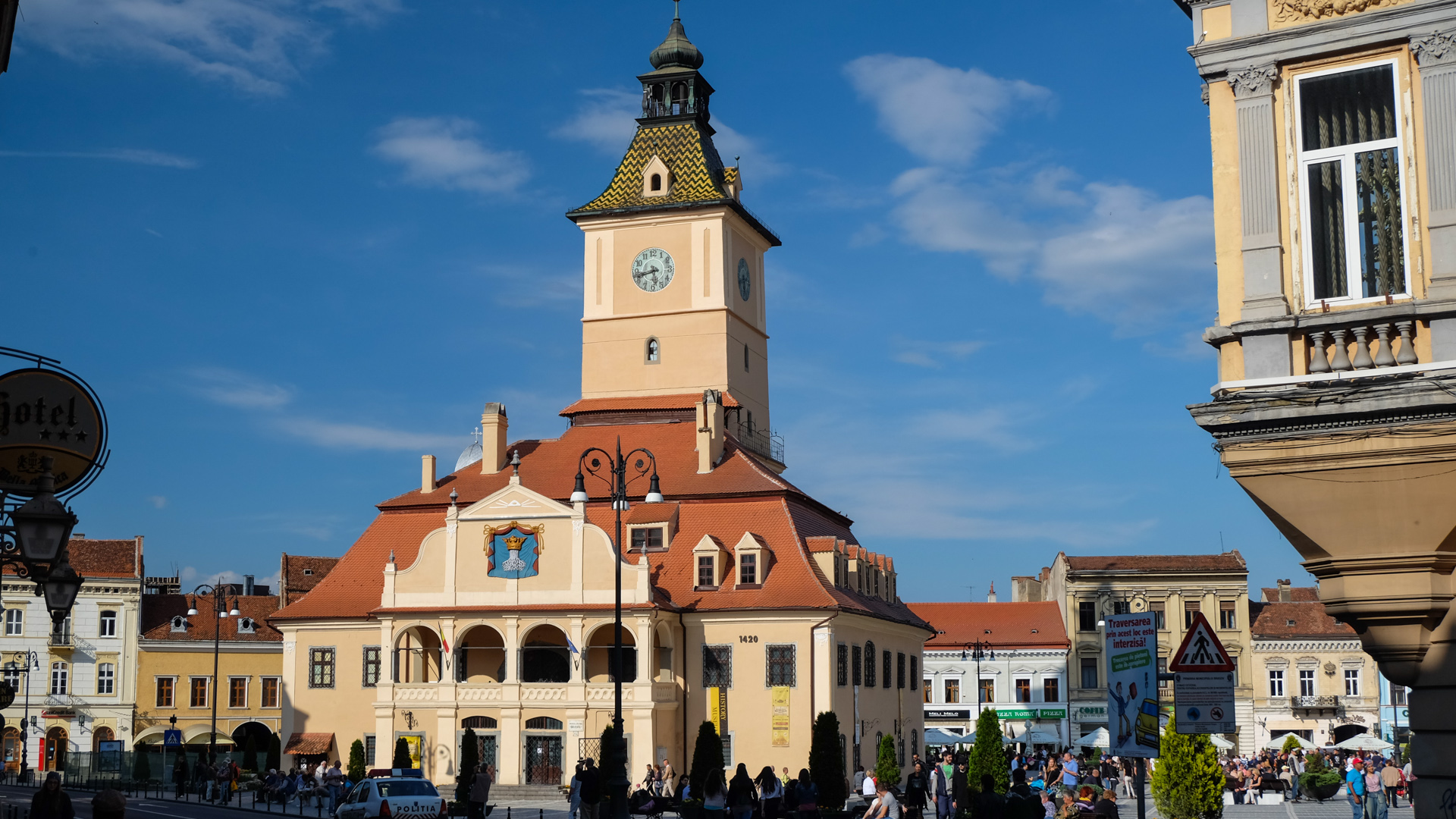
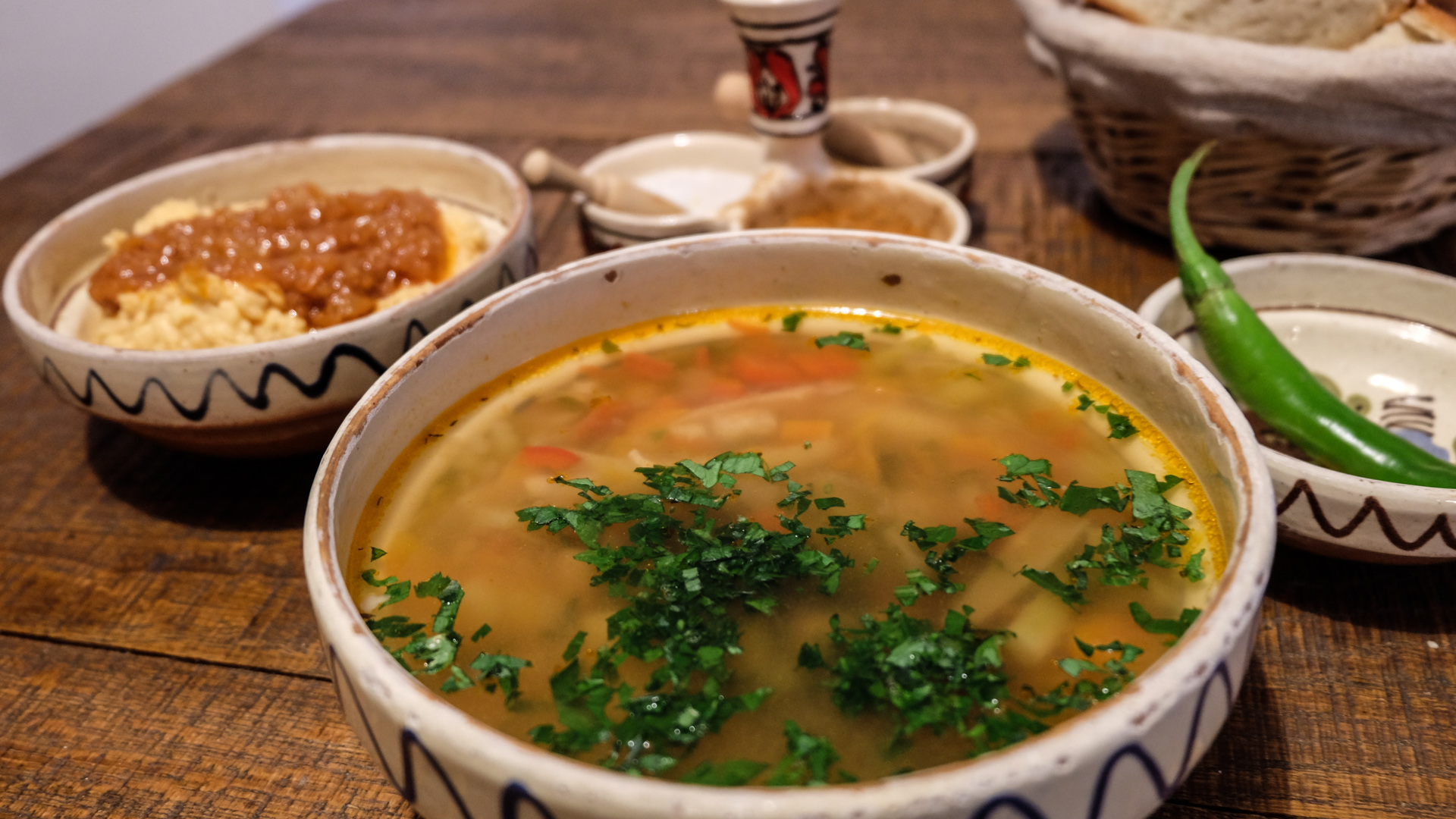
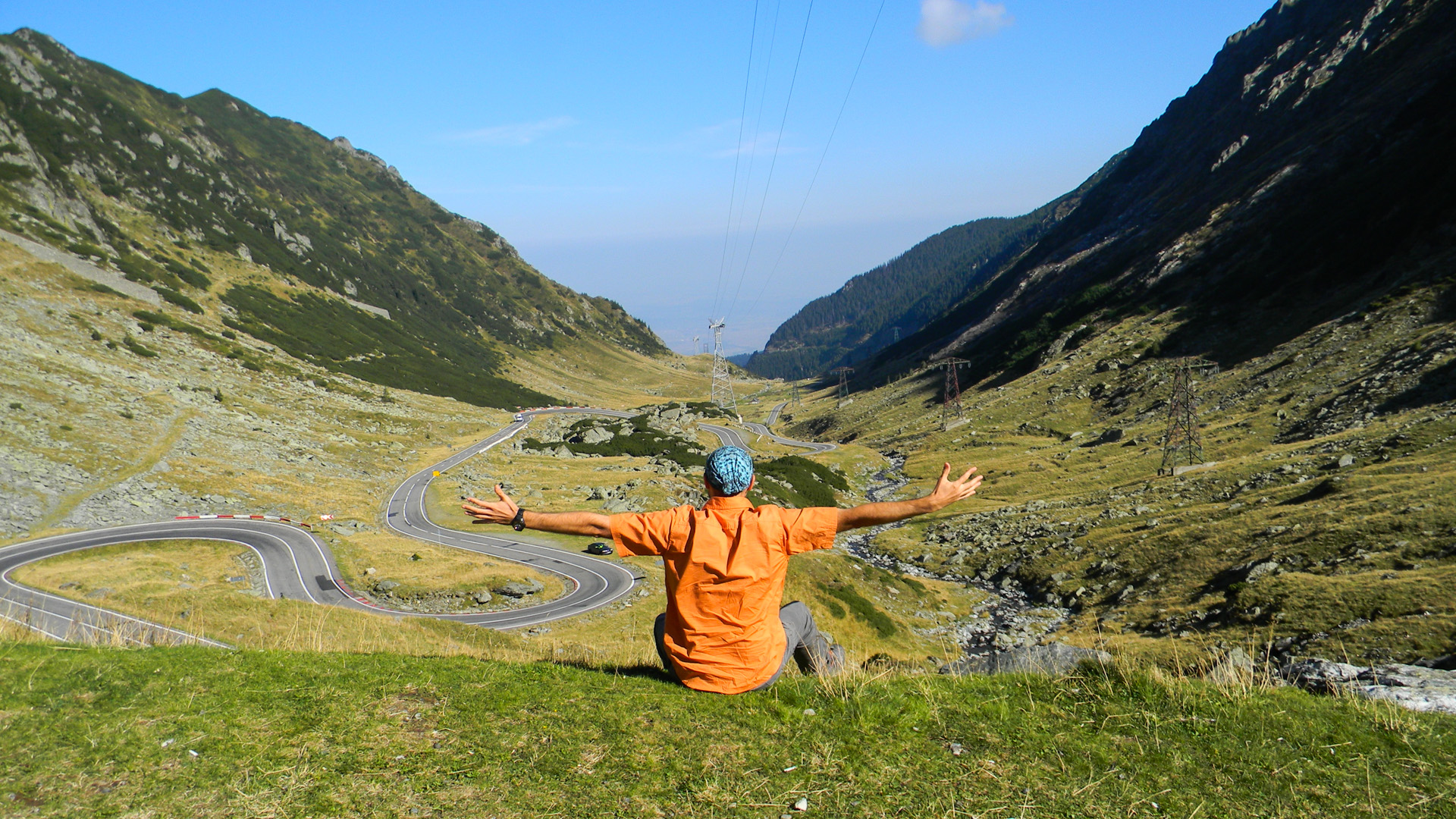


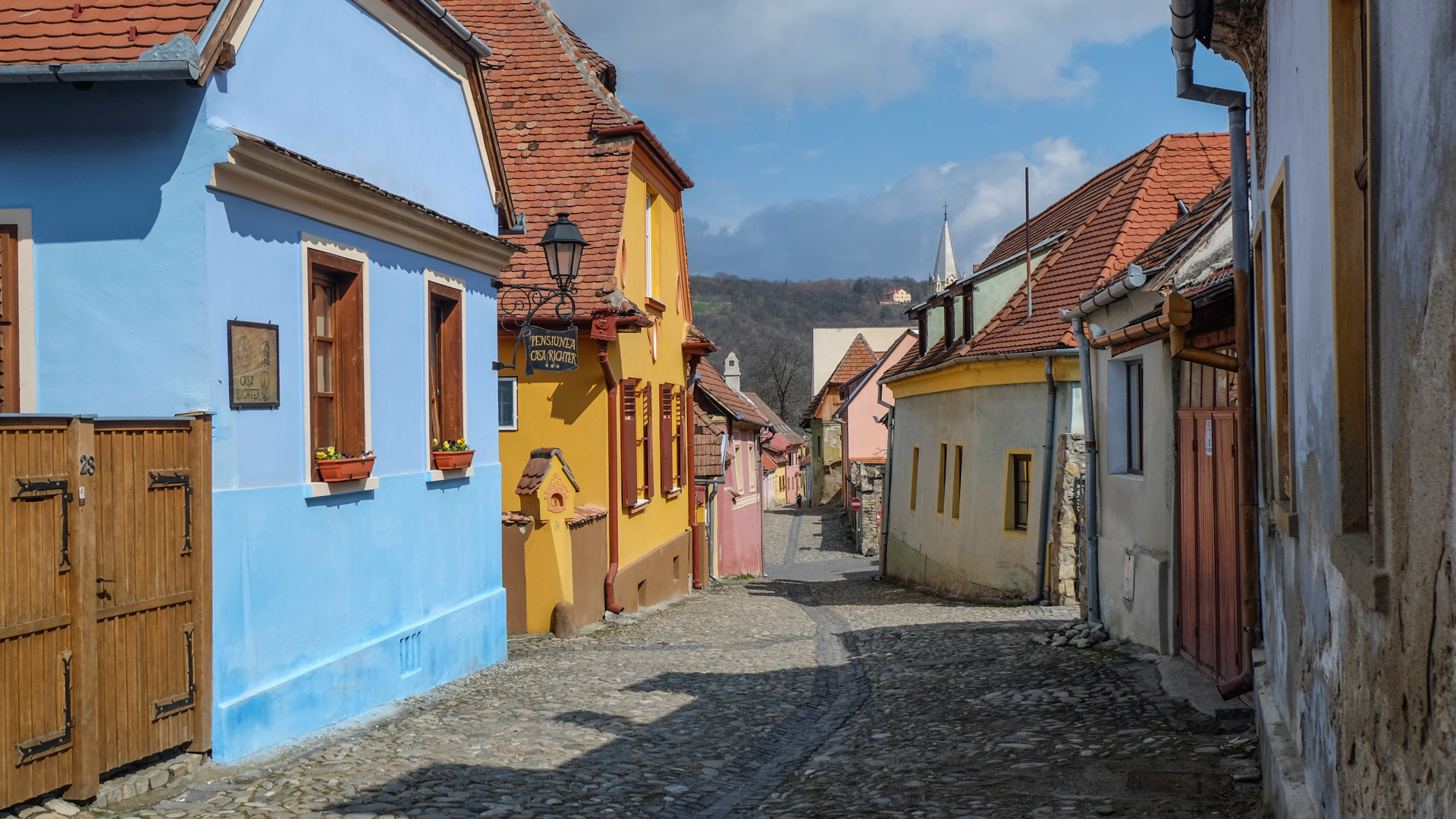
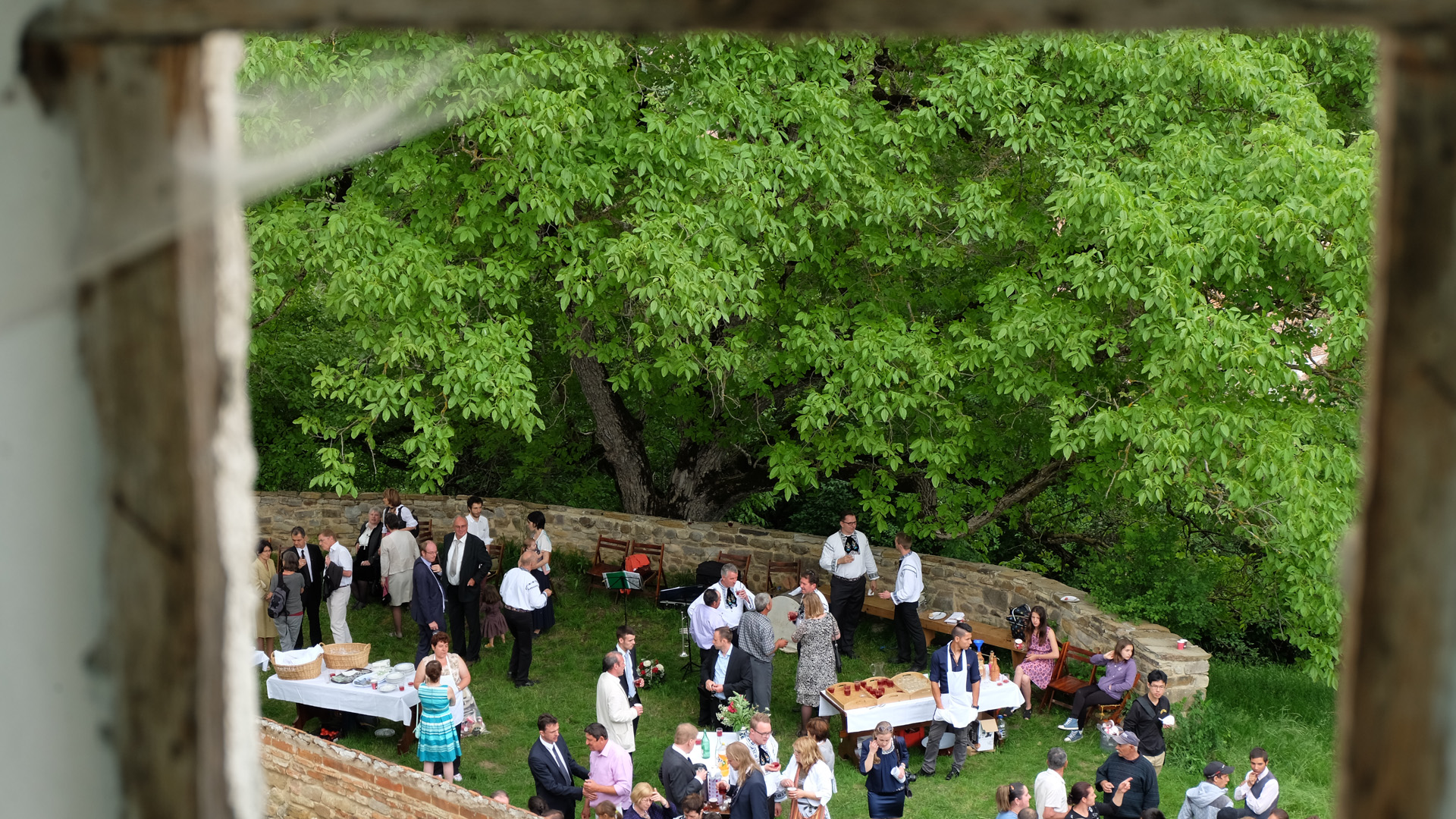

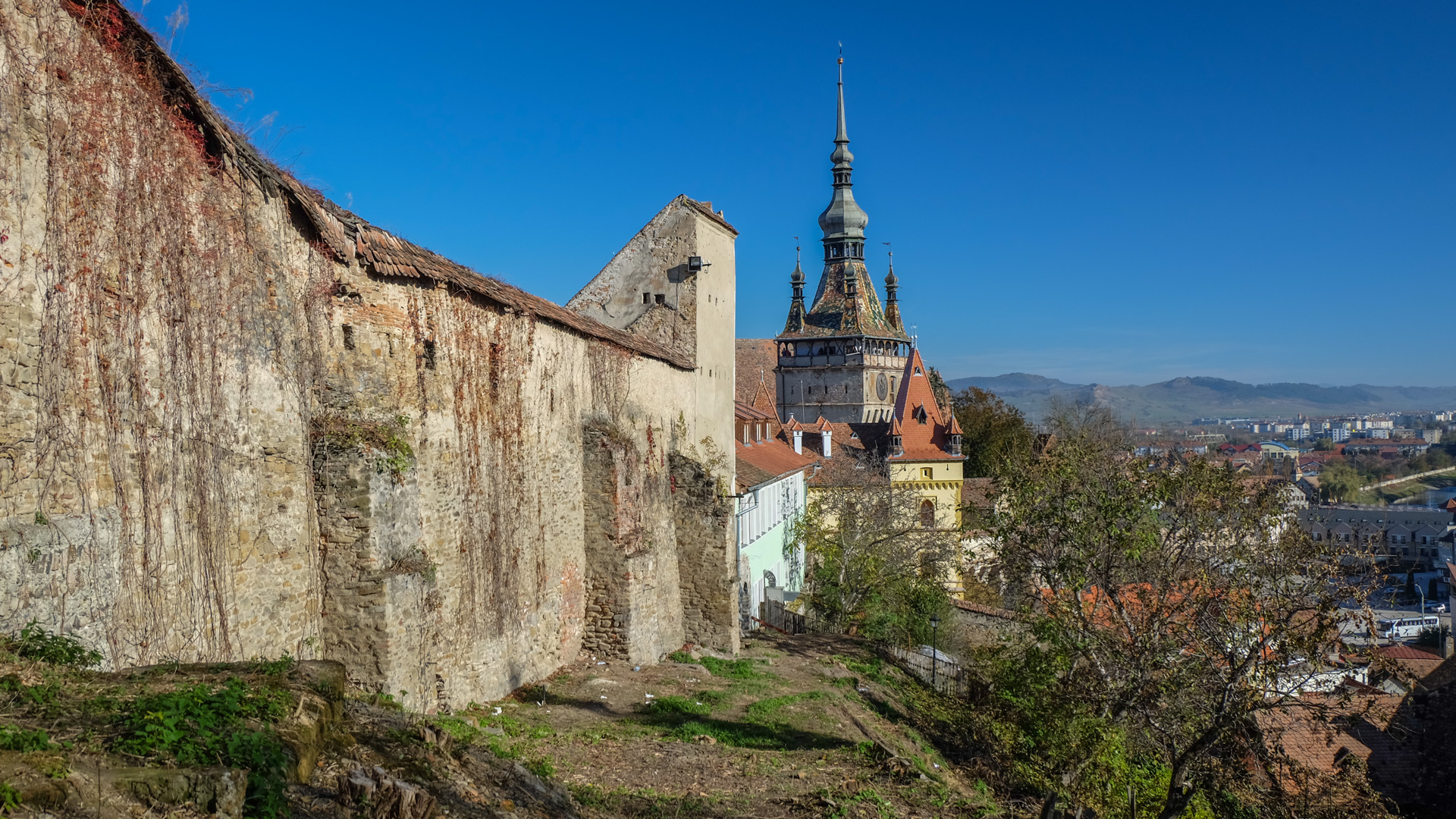
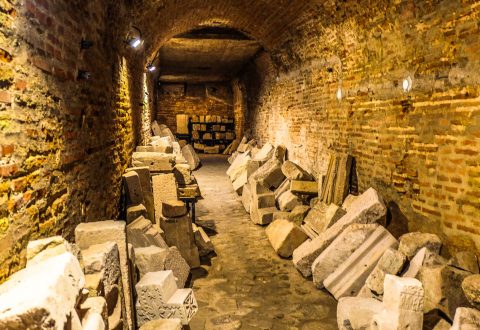
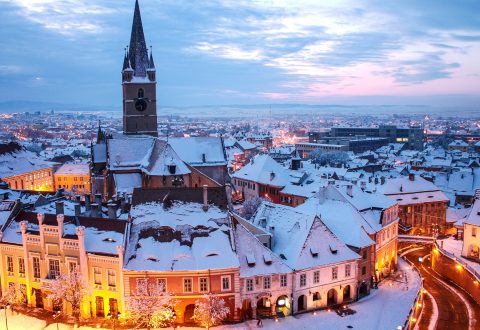
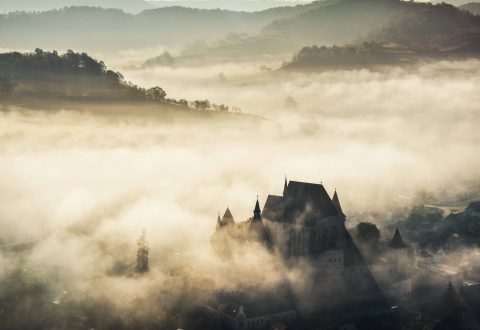




Reviews
There are no reviews yet.